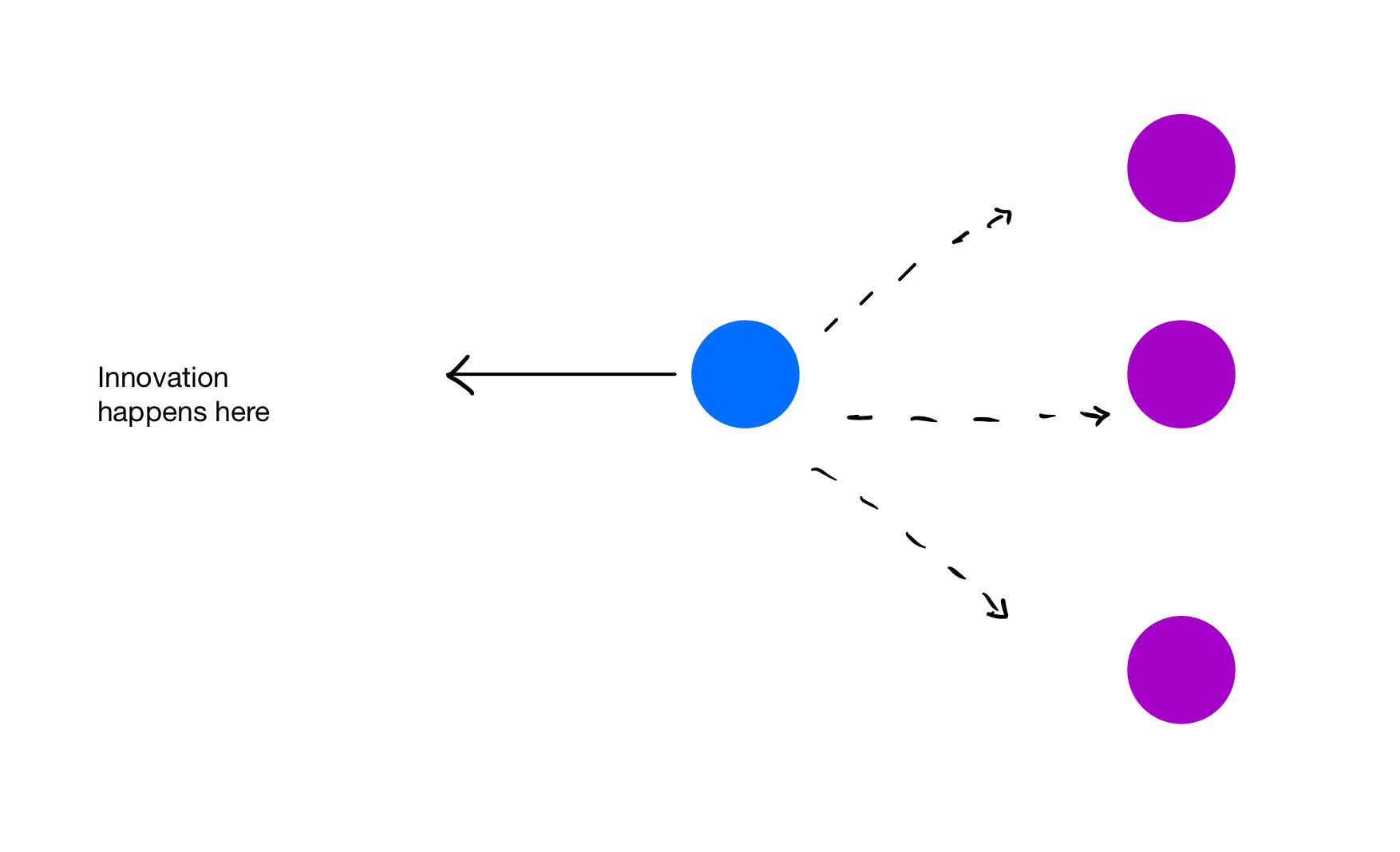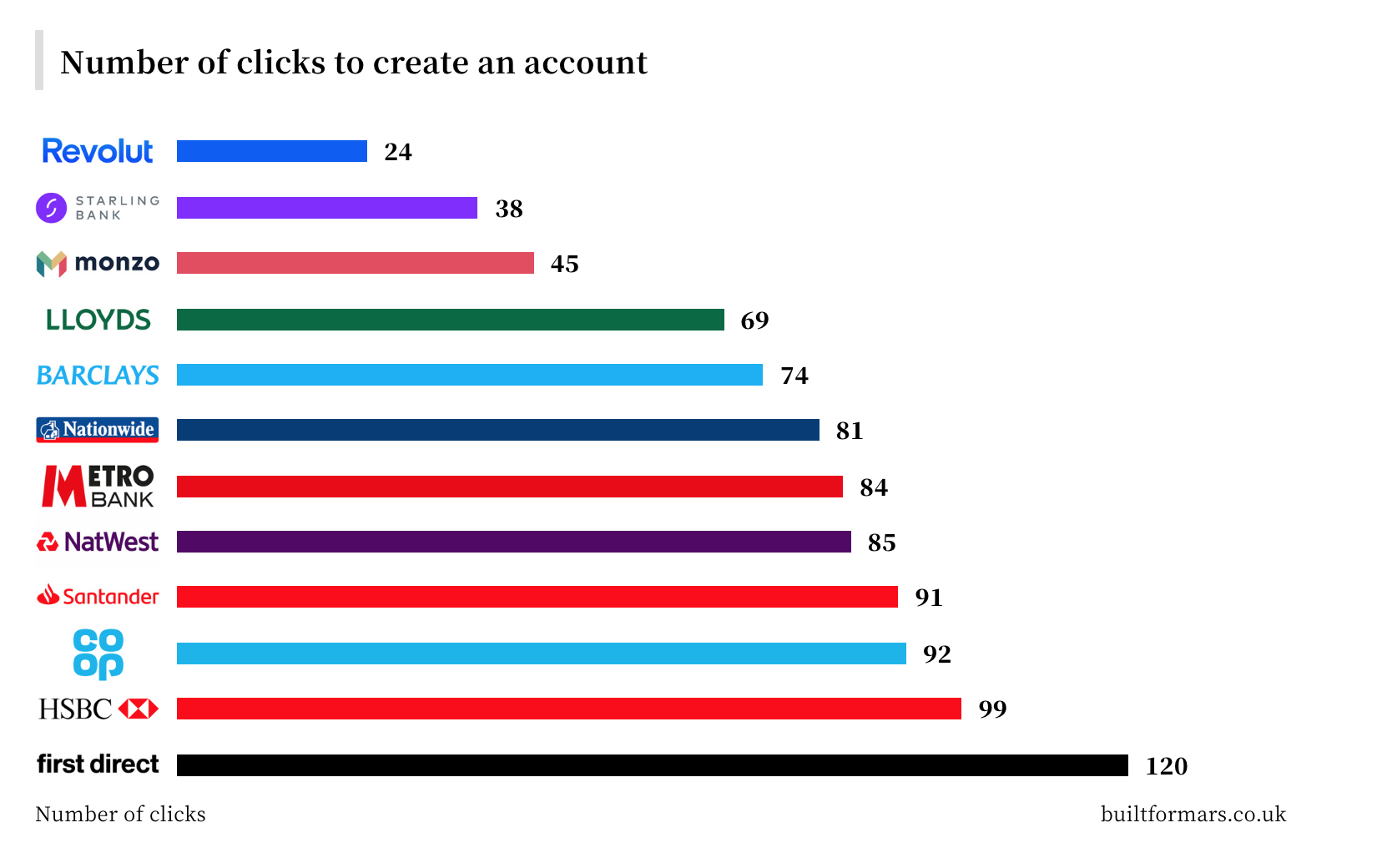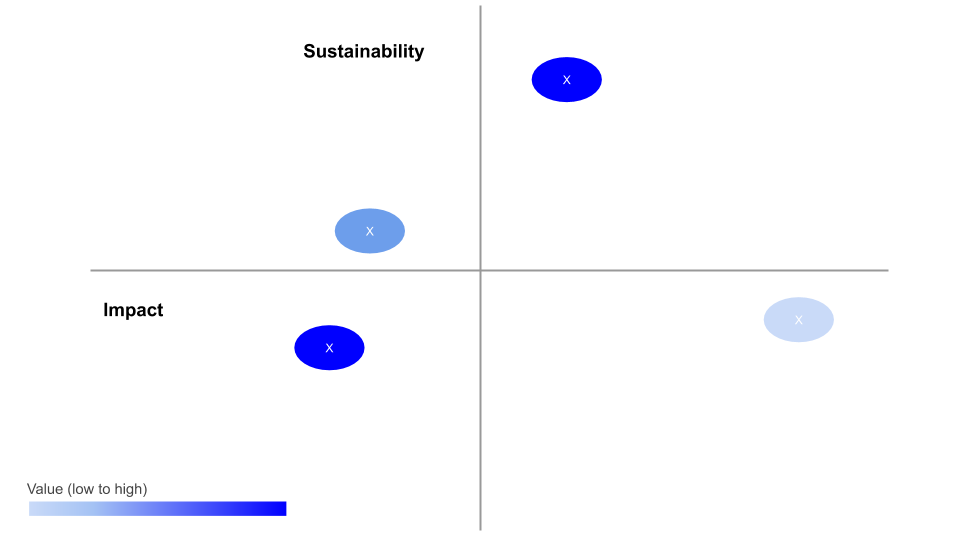The 5 types of Product Differentiation
How to fight your natural instinct to copy others
The allure of copying competitors

The gravitational pull towards copying competitors is real. In crowded markets, the more competitors, the more certain we are that what our competitors are doing must be the right solution to all possible known problems. That’s rarely the case, but we can’t help ourselves. We look to the market as it exists today and we consciously or subconsciously copy what’s there, convinced that if only we can build what our competitors have, we’ll have a chance to compete.
Building things differently feels uncomfortable. You feel foolish; like the odd kid in the playground who likes collecting pokemon cards, not playing soccer. The product teams who are able to fight this natural instinct to copy others are the ones who will build truly differentiated offerings.
In our experience building products, the ways in which you can differentiate your own product fall into 5 distinct categories. Let’s have a look at each of them.
Feature-based differentiation
There are many product gurus who (rightly) argue that working in a feature factory is soul destroying. Endlessly churning out feature and feature in the vain hope that one of them will stick is a demoralising way to spend your days in product. That said, as we’ve previously argued, features do matter. And if you spend all your time putting together fancy decks using the latest product discovery methodologies without ever actually building anything you’re missing the point.
Example – Superhuman’s email subscription product
Why would people pay to use an email subscription service when they can get Gmail and others for free? In Superhuman’s case it boils down to (amongst other things), the feature set:
- Undo emails after they’ve been sent
- Read statuses – has my recipient read my email?
- Social media insights – learn more about my recipient
These are just some of the differentiated features that Superhuman has to offer – and guess what? People are willing to pay for them.
Feature-based differentiation is perhaps the most common. But it’s also one of the riskiest. We are, after all, developing software. And all it takes is a curious glance from an aggressive competitor to suss out what the hot features of your product are – and then to steal them. Users are fickle and you can’t guarantee they’ll stick around for your features, particularly if they can find them on offer elsewhere. That’s why it’s best to combine differentiators; a single point of failure will often result in failure.
Policies
Casper famously offered a new questions asked 100 day free trial of a mattress.
Warby Parker offered home try ons.
Netflix allows families to share an account.
Policy-driven differentiators operate at a higher, business level. To craft a differentiated policy you’ll need to look at what your market offers today and what customer pain points could be eliminated by offering durable policies. Durability is how we describe policy creation here since it’s a fluid process and may change over time; often, the least attractive policies are the rigid ones which exist simply because ‘that’s the way it’s always been done.’
Want to try a mattress before you buy? Tough. You can’t.
Try on 5 pairs of glasses at home? That’s too difficult.
Share an account with other people in your household? That’s theft.
Look at the rigid policies of your competitors and others in your market to explore opportunities for creating new, flexible, customer-oriented policies.
UX
Competitors with clunky UX present the perfect opportunity to differentiate your offering. Setting up an online shop used to be a nightmare:
- Can you code? You’ll need to build a page in HTML, CSS.
- Can you design or do you have a budget for a designer?
- SQL skills for managing databases of products?
- How about payments? Are you PCI compliant and can you navigate your way through the complexities of taking payments?
Shopify simplified all of these problems. With the help of an easy to use product, users can set up and run a shop in minutes. And the UX plays a critical part in helping users do this.
Consider which parts of your industry are still clunky and difficult and how you might be able to differentiate your product through an improved UX.
Vision setting for UX differentiators

Just as Shopify helps you get a store set up in minutes. Setting yourself a user-focused outcome can help to focus your efforts. Challenger banks let you set up an account in minutes, the UK government’s gov.uk lets you pay your tax bill in a few clicks. ‘Getting X done in 1 minute’ where X represents the most valuable thing you have to offer and represents a significant improvement on the status quo gives you an ambitious goal to work towards.
Pricing models
Rigid policies offer opportunities to differentiate. Rigid pricing does, too.
Spotify’s first model was free for everyone, funded by ads. This model borrowed from the radio industry and the company even hired radio ad sales execs initially to steal ad-spend from radio media buyers. Limewire, Kazaa, Napster and other illegal offerings were the MVP of all you can eat music consumption; the customer demand was there for a ‘free’ offering, the question for Spotify was how might we offer something legally, at a price that customers are willing to pay?
Before Amazon’s AWS, many companies had physical servers in their offices or in some central location. Jeff Bezos likens access to AWS servers to access to electricity. In the past, folks would pay a massive up front cost for installing an electricity generator, but then electricity companies came along and allowed users to outsource it. In the AWS context, users of AWS no longer have the up front costs associated with buying servers and self hosting. Instead, the pay as you go model revolutionised how customers pay for hosting. And Amazon got a 7 year head start before others clocked on and started offering flexible pricing too.
“Bezos thought he would have two years of runway. He got seven years. You do not want to give Jeff Bezos a seven-year head start.” – Warren Buffett
Performance
A lightning fast product feels like a different experience. Using Google Docs for the first time when you were accustomed to having to download bloated Microsoft software felt revolutionary. Performance-based differentiation is the fifth way to differentiate your product.
Zoom took away the worry of ‘my connection is breaking up’ by doubling down on performance above all else.
As customer expectations increase, performance is unlikely to be a strong enough differentiator by itself, but bolted onto other differentiators, a product with a super fast, reliable, performance can be joyous to use – and, in our experience, can work to keep users engaged in the absence of some ‘must-have’ features. If your product does a few things and performs those things with ease, users will be willing to compromise elsewhere.
Stripe’s uptime is 99.9%. Amazon S3’s is 99.99%. Twilio’s is 100% for the last month.
How to analyse the performance of your product
Here’s a few ways to check the performance of your product:
- API uptime – pinging your APIs to check response times allows you to closely monitor any deterioration in performance.
- End to end tests – tools like Test Cafe will perform end to end tests of critical journeys and provide feedback.
- Internal testing – every now again, prioritise some core user journeys and ask your colleagues and members of other teams to do some internal user testing. You’ll often find some nuggets of gold.
Armed with your impressive performance stats, take the opportunity to turn your stats into marketable differentiators. Engineers will be rightly proud of your performance achievements but if you don’t share them with the world, you’ll miss an opportunity to capitalise on them. Customer facing uptime boards do a great job of marketing your performance advantages and keeping you on your toes.
Analysing the 5 types of differentiation in context

The dimensions on which to analyse the strength of your differentiators are:
- Sustainability – how long could we sustain this differentiator against the threat of copycat competition?
- Impact – if we were to build or introduce this concept as a differentiator, what impact, if any, is it likely to have on our business?
- Value adding – does this differentiator add meaningful value to our users?
The true power of differentiators is in combining the 5 types of differentiators in powerful, long lasting ways. We call this investing in the differentiator stack.
Understanding the multiplier effect of differentiators
Relying on any single differentiator is likely to leave you vulnerable and exposed. Only focused on feature based differentiators? Ask Snapchat how that went. Pure pricing model differentiator? What happens when a competitive giant with the ability to run at a loss for the next 320 years enters the market and undercuts you?
Now consider a product with a combination of:
- Unique set of differentiated features
- An attractive, different pricing model
- Lightning speed performance
This differentiator stack works together to create a unique set of value propositions which on their own might not be enough to win, but when combined work as a multiplier effect that protects your business from competitive threats.
As an exercise, list out your products differentiators to identify your differentiation stack. A combination of diverse differentiators could be enough to keep you ahead.
Bringing it all together
For software businesses, trying to differentiate your offering in a crowded market is becoming increasingly more difficult. Even when you’ve got a winning combination of differentiators, there are no guarantees what differentiates you today will be sustainable in the long run. But that’s part of the fun of building products. Products are never finished, and the challenge to keep building valuable, different things that surprise and delight our users never ends.



